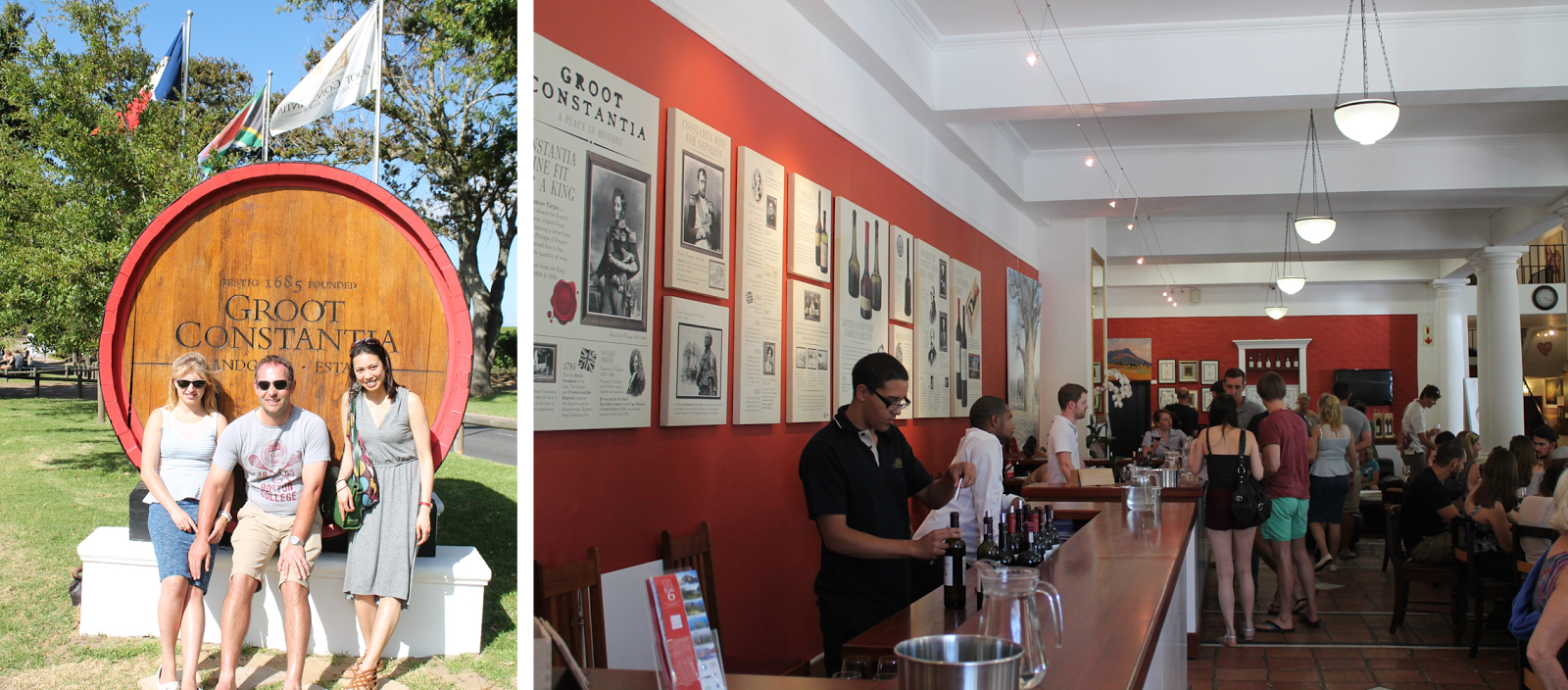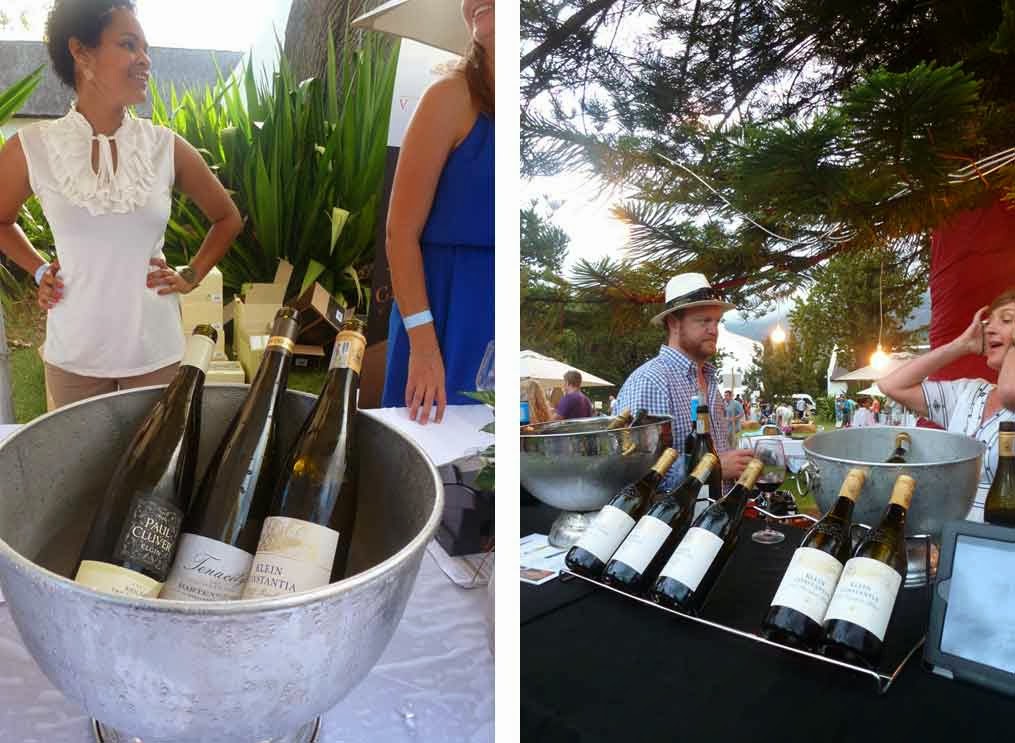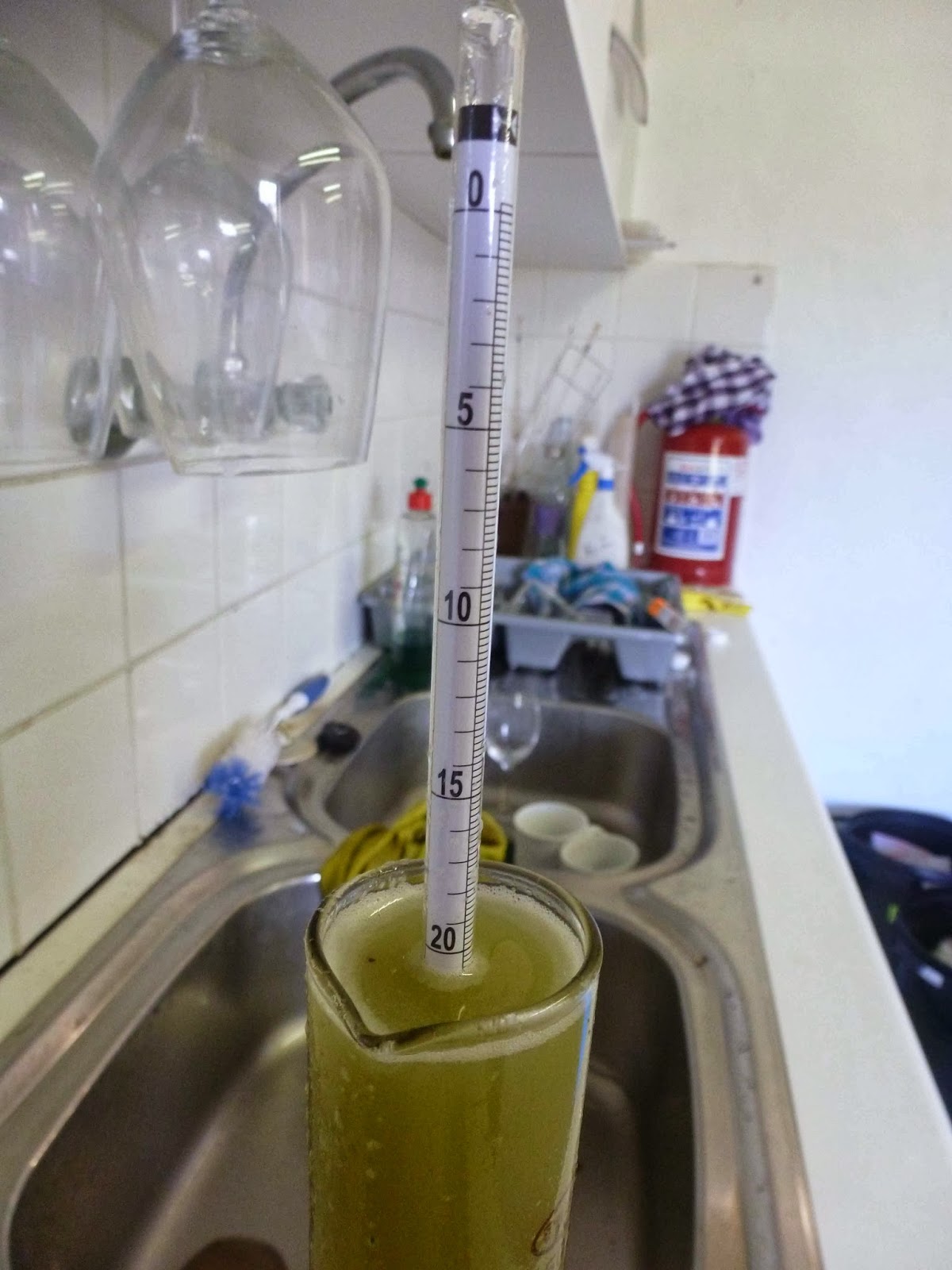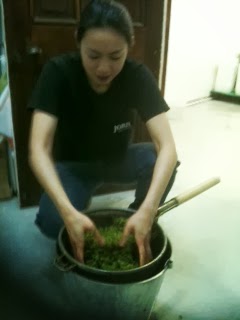Me, Laura and Jolette brushing up nicely outside the cellar at Constantia Fresh. The lovely Louise, part of the full-time Jordan team, was pouring wine for their table at the event
It's unusual to get any time off during harvest on the weekend, but yesterday we finished up a little before 3 pm, which is generally considered an early and agreeable time to finish work. However, then I remembered that we started working at 7 am, so we did end up being in the cellar for almost a full regular working day. And it was a Sunday.
In any case, free time is precious and we did have most of the day on Saturday off. Laura, her fiancé Tom and I drove into Cape Town to wander around and take in the city and also drove to Constantia, home of the oldest vineyards in South Africa, which trace their roots (har har har) back to the original Dutch colony founders’ estates. We had to pay our respects to Klein Constantia and Groot Constantia, two wineries that produced some of the most revered wines on the planet: Vin de Constance, an ethereal, nectar-like sweet wine made from muscat grapes that was drunk by kings, queens and characters in ‘Sense and Sensibility’.
 |
| Laura and me in front of Klein Constantia; if wineries can make you star-struck, this is how we felt. Their cellar is immaculate too! |
 |
| Laura, Tom and me at the lovely and well groomed Groot Constantia grounds; their colonial-style tasting room |
Constantia also hosts ‘Constantia Fresh’, an outdoor food and wine festival that is the civilised side of the wine industry compared to lugging pipes and buckets around and getting grape gunk on your fingernails. The wine-makers there are smiling, sun-kissed and unstressed, which is in stark contrast to how they spend the rest of the week in the cellar. Gary and Kathy kindly gave us some tickets, so we had a grand day out.
We scarfed down the amazing food, provided by several winery restaurant chefs, and tasted many of the excellent wines from the 44 wineries that were exhibiting.We recharged our batteries, replenished our fat stores with pork belly sandwiches, and steeled our livers with wine for the upcoming busy week. Wine highlights included: the Just Riesling range (with rieslings from Jordan, Paul Cluver, Hartenberg, Thelema, Klein Constantia and De Wetshof); and the wines from Reyenke, and Constantia Glen. This is seriously why people come to the Cape winelands and never want to leave.
Pork belly sandwich, seared tuna taco with chili sauce, and fresh chicken and noodle salad
Just Riesling' wines chilling in a bucket; Klein Constantia's range at the festival











